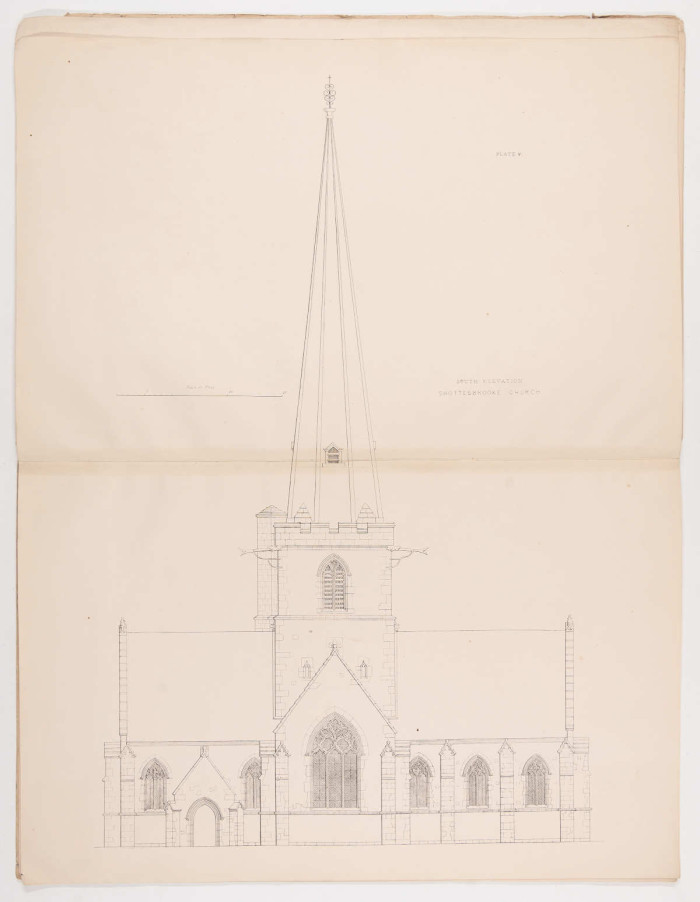A betrayal of trust: Newbury charities

Some important items have been added to the records of Newbury Municipal Charities, 13th century to 1909 (N/Q). Most relate to the property of St Bartholomew’s Hospital – not a hospital as we would understand it, but an almshouse charity for the elderly poor. The oldest is a 13th century deed of a house and land in Blewbury which was given to the hospital; the latest is a ledger of fees paid for boys at St Bartholomew’s Grammar School, 1909-1909. The most interesting relate to Kendrick’s Workhouse, a charity which set the poor to work at clothmaking, namely the 1636 agreement between the mayor and burgesses of Newbury with clothier William Godwyn for the operation of the workhouse after Richard Deerow, previously appointed to govern the workhouse, had 'much fayled performance of the trust in him so reposed' and had thus got the sack. An inventory of the contents is attached, and a separate inventory is dated 1647 – useful for the history of cloth manufacture.
Tow paths and mental health

An addition to a major collection held at the RBA is a book of 27 plans of the towpath from Cricklade to Teddington, 1947, (ref. D/TC/C4/2/31) which has been added to the archive of the Thames Conservancy (D/TC). The plans show various improvements to the towpaths, ferries to be abolished, new towpaths and diversions, proposed protective works, and land to be acquired for the realignment of eroded towpaths. We were also excited to receive a wages book for labourers and maintenance staff at the Berkshire Lunatic Asylum (later Fair Mile Hospital), 1875-1881, which had hitherto been thought lost, and fills a gap (D/H10).
Schools and their landscapes

Records of Green Project Research Consultants of Spencers Wood, 1900-2007, relate to landscaping work they did at a number of Berkshire schools, including a lovely presentation book of landscape drawings and photographs of green spaces (D/EX2698). We have acquired plans of alterations to several primary schools in the 1950s: Ashampstead, Bourton, Clewer Green, Uffington, Upton and Winkfield (D/EX2794); and plans for Shaw House School, Newbury, 1976-1978, and Trinity School, Newbury, 1999 (D/EX2712). An interesting plan produced for Berkshire County Council’s Education Committee in 1906 shows the sites of all the existing Council Schools, disused schools, Elementary Schools not receiving grants, Secondary Schools, and Voluntary Schools transferred to the council, plus proposed sites for new schools (D/EX1023).

Reading and sewing for girls
We have catalogued the records of The Hon Mrs Cadogan’s Educational Foundation (formerly Reading School of Industry), 1896-1995 (D/QX32). This was founded in 1806 by Jane Cadogan, widow of the vicar of Reading St Giles, as a school for girls aged 7-12 to learn reading and needlework, as her husband’s successor had shut down a Sunday School he had previously run in the parish. It was reorganised in 1897 with the objects of The new 1897 scheme applied the funds to a Sunday School for girls, the support of any institutions for training girls in domestic service, and the distribution of Bibles or Books of Common Prayer among girls.
We have also acquired the original trust deed for a cottage and school room in Shrivenham to be used as a National School 'for Girls of the Labouring Class' and a residence for the teacher, 1847 (D/EX2909). It provided for the teacher to be appointed by the vicar, and removed by him 'for any misconduct or incapacity'. The teacher was to instruct ten poor girls in reading and needlework, the girls to be selected by the vicar and to pay one penny a week each.

In addition, we have received copies of the school magazines of Alfred Sutton Secondary School, Reading, 1962-1964 and 1966 (D/EX2938); managers’ minutes for Wraysbury School, 1915-1923 (D/EX2877); photographs and printed miscellanea relating to St Frideswide’s Girls’ School, Didcot, 1970-1974 (D/EX2914); and photographs of pupils at North Moreton School, c.1900s and 1920s (D/EX2555), Newbury County Girls Grammar School, 1967 (D/EX2948), and Reading Collegiate School, 1932 (D/EX2604).
Brass rubbings and pressed ferns

Brass rubbings (copies created with wax rubbed over paper placed on top of medieval brass monuments in churches) have gone out of fashion in recent years, but were popular with antiquarians and genealogists in the late 19th and early 20th century. Our ongoing project to catalogue the Reading Borough deposited collections includes a collection of brass rubbings from Berkshire churches and printed reproductions from further afield (R/D183). This collection also includes printed plans of Shottesbrooke Church, dated 1844; and a 19th century photograph of a famed cypress tree on Mount Sinai.

Perhaps even more unusual is a collection of pressed ferns from the Southern Hemisphere – Fiji, New Zealand, Australia and a few from South Africa, collected in 1860-1862 (R/D182). It is unclear who created them or how they ended up in Reading - they appear to have been dropped off anonymously at Reading Library in the 1970s before being added to the borough’s collections, but they are a fascinating source for natural history.
You can find out more about these records by searching our online catalogue. Simply enter the collection references given above in the Catalogue Reference field.
